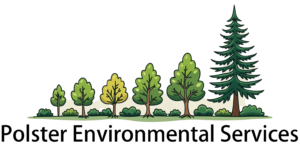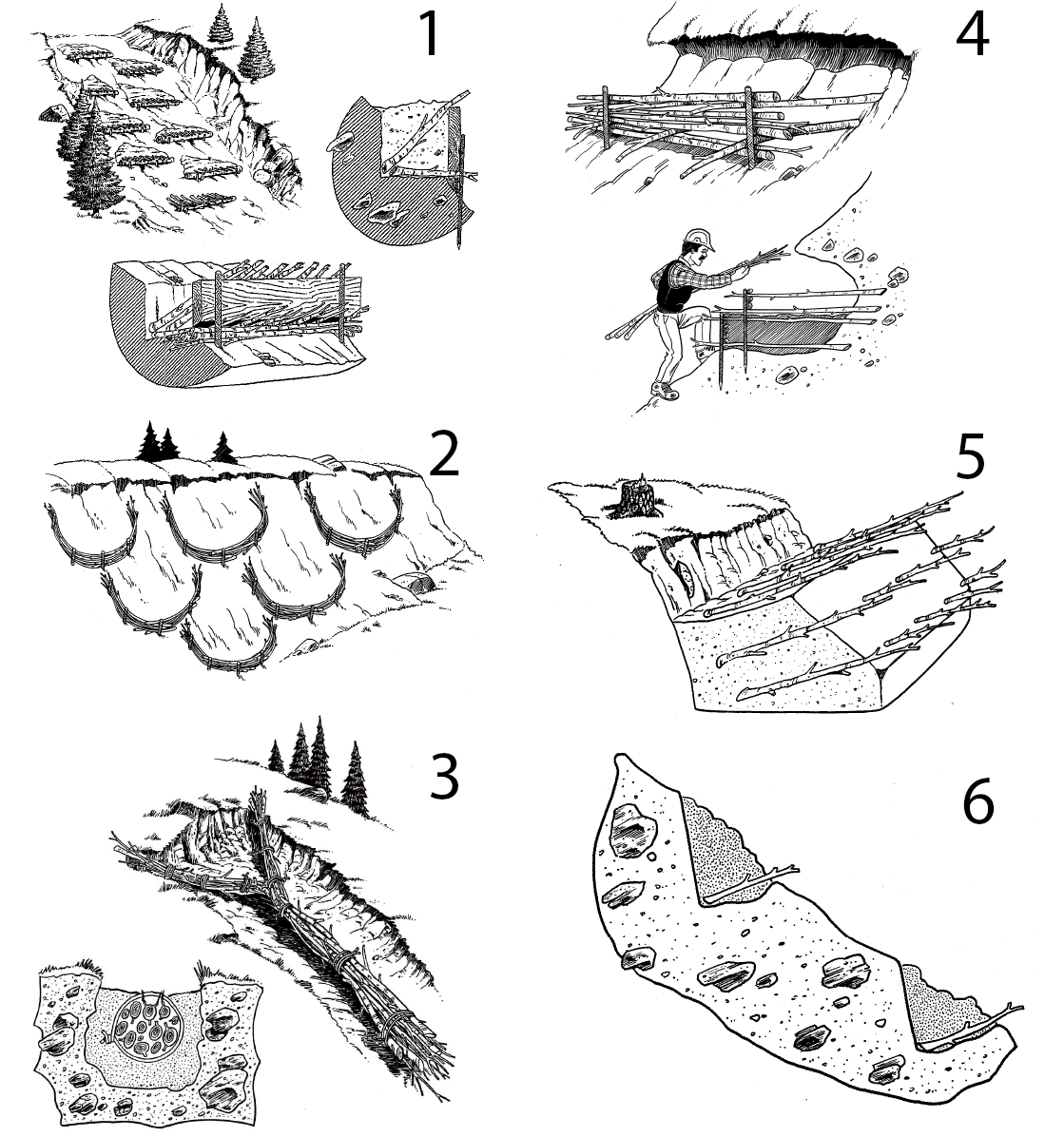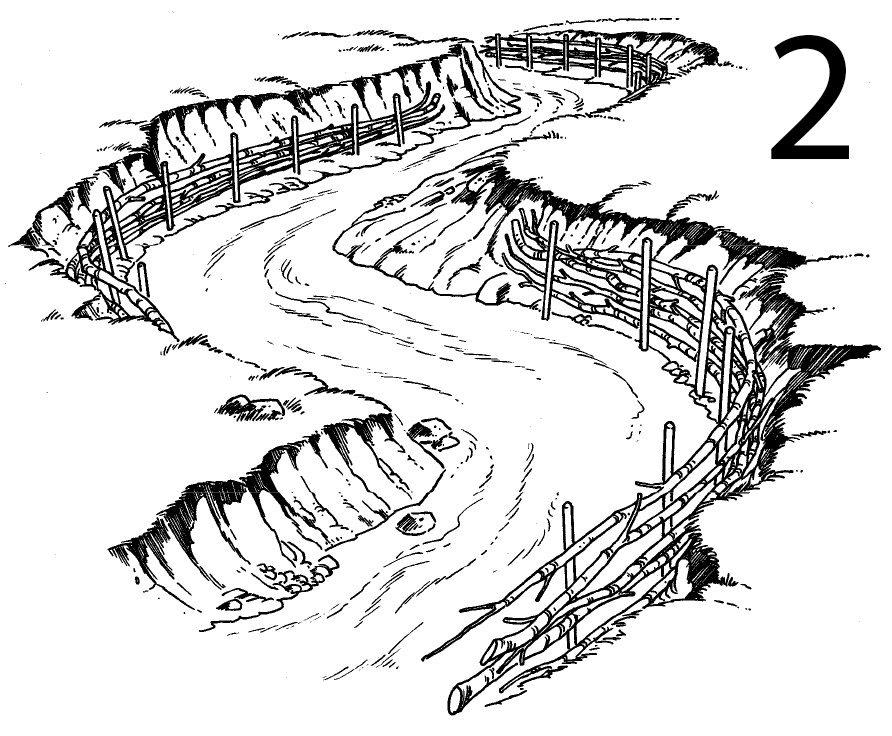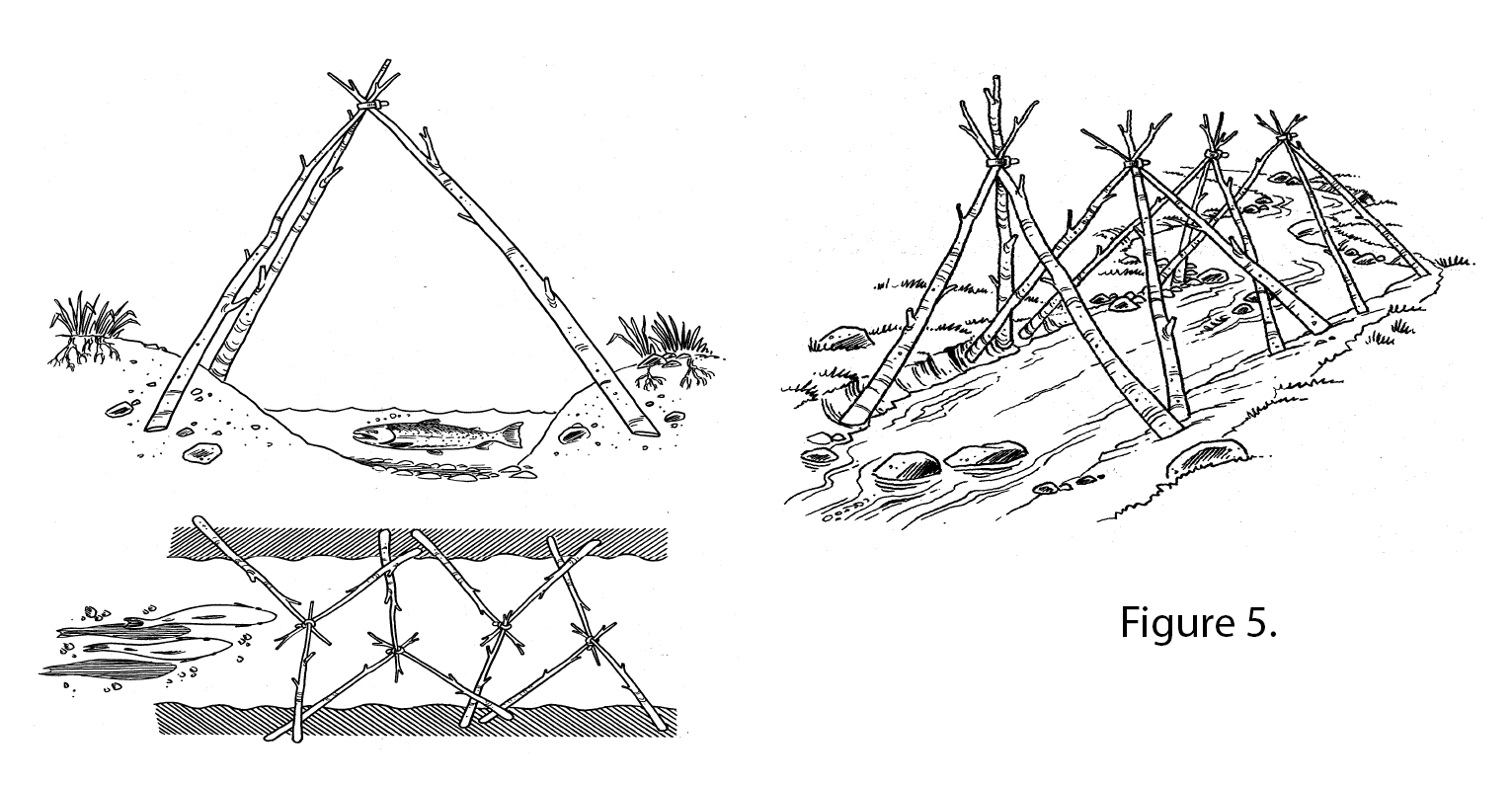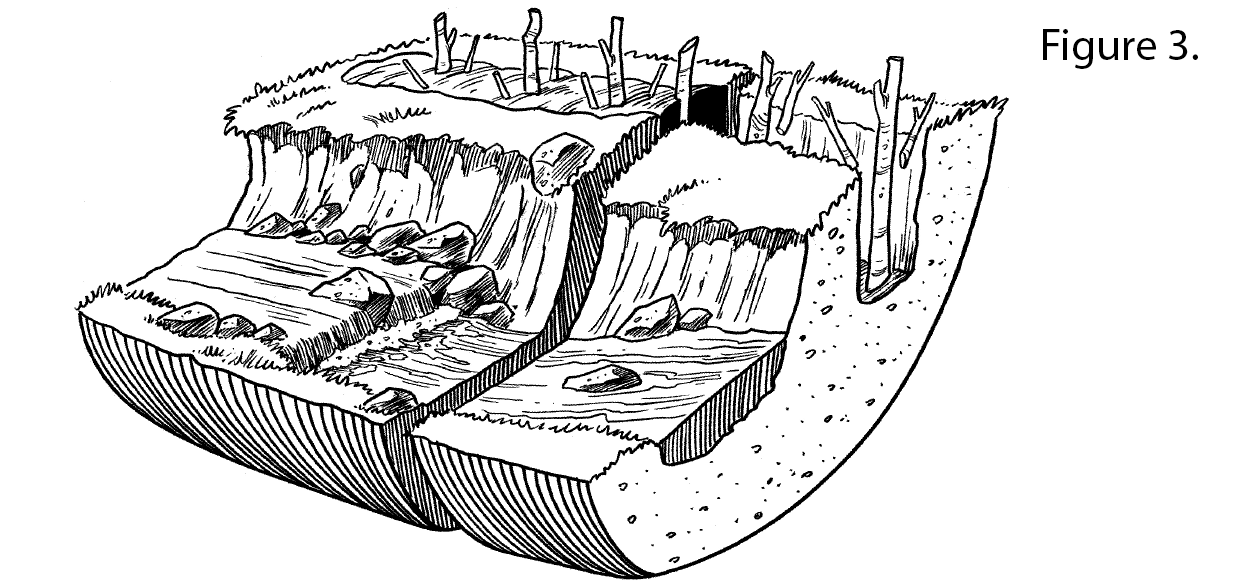Soil Restoration Course
Compiling over 40 years of experience the course offered by Polster Environmental covers all our methods in detail and can help you restore any site to its natural state.
Introduction
This course examines how ecosystems are created naturally and unravel when degraded. Natural processes have been revegetating naturally disturbed sites since the advent of terrestrial vegetation about 400 million years ago. Glaciers, volcanoes, floods, landslides, fires, sea level changes, and the activities of animals, including humans, all create un-vegetated land.
However, natural processes ensure these areas do not stay bare for long (Polster 2009). How does this happen? Can we use these processes to restore sites we disturb? How ecosystems naturally assemble can provide clues to developing effective restoration strategies. The filters (constraints) to natural recovery will be investigated. This will provide the foundation for exploring the steps that can be taken to restore drastically disturbed sites.
Ecological restoration is defined by the Society for Ecological Restoration (SERI 2004) as the process of assisting the recovery of an ecosystem that has been degraded, damaged or destroyed. This definition suggests that the best that can be done is to assist in the recovery of ecosystems, we cannot make ecosystems recover; this happens naturally outside of our control. There are, however, things that we can do that prevent recovery. These may be well intentioned, such as seeding disturbed, previously forested sites with agronomic grasses and legumes, but none-the-less, provide a barrier to the recovery processes. There are also natural events and conditions that can prevent recovery. Restoration activities can anticipate these and can provide actions that will allow recovery to continue. The use of natural systems in the design of restoration efforts is gaining acceptance (Higgs 2003; Hobbs et al. 2006).
Ecosystems are complex (Loreau 2010) and operate in many ways that are still being explored. Ecosystems come together and repair themselves in specific ways, many of which we do not fully understand (Temperton et al. 2004). In general, bare areas are colonized by pioneering species (Walker et al. 2007) but what allows these pioneering species to establish? Conversely, what conditions prevent these species from establishing? Pioneering species facilitate the establishment of later successional species (Polster 1989; Polster 1997). Understanding the natural processes that occur to provide an initial cover of pioneering species on a glacial outwash plain or a recent lava flow (Hobbs and Suding 2009) can help in the design of restoration programs for drastically disturbed sites such as large mines and industrial sites. In addition, understanding how this initial cover becomes established may promote the establishment and growth of later successional species can be helpful in the design of restoration systems.
Theories of ecosystem assembly, of competition and facilitation and how natural successional processes operate to create ecosystems may be useful in defining restoration strategies (Temperton et al. 2004; Hobbs et al. 2006; Hobbs and Suding 2009). However, it is often the practical issues that make the difference between a successful project and one that fails to meet expectations. Practical solutions to common restoration problems may help to overcome deficiencies and can assist in meeting deadlines and staying within budgets. Restoration is conducted in the real world so theories must be tested on actual sites or they remain as published papers gathering dust on a shelf.
Building a sense of connection with the sites being restored may be the most important part of ecological restoration. This is the land ethic that Aldo Leopold speaks of (Leopold 1949). A new understanding of the importance of such a connection is emerging (Louv 2006). It is the reason why people engage in restoration and the reason that gaining community support for significant restoration projects is essential for success (Clewell and Aronson 2007). Restoration provides an excellent way to build the connection between people and the land.
Unlock the whole Course
If you enjoyed that preview of Polster
Natural Ecological Restoration Principles and Practices:
A course for the restoration of Drastically disturbed sites
“Understanding how ecosystems operate and how they are composed and compiled can help in restoring them. It is useful however, to look at the factors that contribute to the species and structures of ecosystems.”
David Polster, M.Sc. R.P.Bio.
